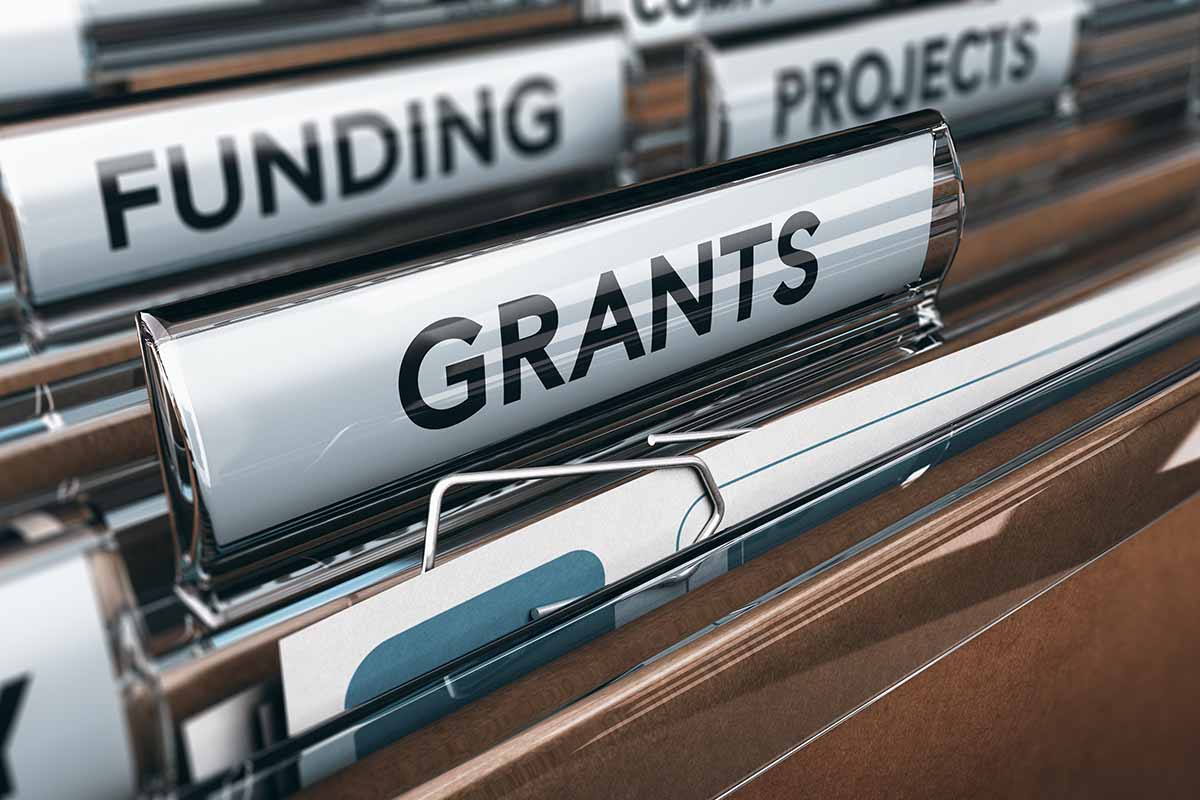
Entities can submit an optional intent to apply for the grants by Dec. 15, and the application deadline is Jan. 16. The EPA anticipates dispersing funds in summer or fall of 2023. | Olivier Le Moal/Shutterstock
This story has been updated.
With deadlines for two large EPA recycling grants fast approaching, one expert suggests double-checking project goals and making sure all the pre-application work is done.
Marissa Segundo, national strategic communications waste lead at engineering company HDR, said the EPA’s Solid Waste Infrastructure for Recycling program (SWIFR) and the Recycling Education and Outreach program are both great opportunities for projects of all sizes.
Both grants are funded by the bipartisan infrastructure bill that was signed into law last fall.
“It’s such an exciting time to be in recycling, with these federal funds available,” she said. “We haven’t seen this in so long.”
Though rounds of funding will be available each year until 2026, stakeholders need to move quickly to access the initial offerings.
Entities can submit an optional intent to apply for the grants by Dec. 15. The application deadline was originally Jan. 16, but the EPA on Dec. 16 extended it to Feb. 15. The EPA anticipates dispersing funds in summer or fall of 2023.
Over $300 million available
SWIFR has been allocated $275 million for 2022-26. Eligible entities for SWIFR include states and political subdivisions of states, including counties,cities, tribal governments and others. Nonprofit groups and public-private partnerships are not eligible for the grant.
The EPA plans to give out about SWIFR 25 grants this round, with a minimum individual award floor of $500,000 and a ceiling of $4 million, for a total of $40 million this round.
Meanwhile, the Recycling Education and Outreach program was allocated $75 million for 2022-26. Nonprofit organizations and public-private partnerships are eligible for that grant, and the EPA anticipates awarding approximately 25 grants with a minimum individual award floor of $250,000 and a ceiling of $2 million this first round, for a total of $30 million.

Marissa Segundo
Segundo said the grants are particularly compelling because they focus on both infrastructure and education, along with data collection and reporting requirements.
With this structure, “people can understand where that grant money is being spent and how it really has impacted our recycling communities and our end markets,” she noted.
Have to act fast for round one
Before the deadline extension, Segundo said the January deadline date forced a quick turnaround time for grant seekers – the specific details for the first round of funding were only announced last month.
Applying for federal grants comes with multiple steps. Applicants must secure a System for Award Management (SAM) number, which can take 30 days to process, and register on grants.gov.
Some municipalities might also need to get permission to apply from a council or board, and the upcoming holidays will further complicate timing.
“It’s very prescriptive,” Segundo said of the application process. “Interested grantees should really make sure their organization and project meet those eligibility requirements and it’s really important to make sure they match the objectives set forth in the grant scope.”
Segundo said organizations that didn’t realize those steps may now feel a time crunch, but the benefit of the multi-year grant program is there’s the option of waiting for next year’s round of funding to present an even stronger application.
“It’s never too early to begin the process of applying and now that you know what they’re looking for, the longer timeline gives you time to plan, collaborate and really strengthen the application,” she said. “These are going to be really competitive.”
And although a matching grant is not required for either program, Segundo said having one in place make an application stand out, especially because recycling infrastructure projects are so expensive.
For communities and organizations looking to apply, Segundo said “preparation is key,” as is assembling the right team of people.
“It’s important to have a better foundation to write a persuasive grant application, even if that’s for next year,” she said, and a big part of that is making sure the story the application tells is compelling and showcases how it will benefit the community.
Additionally, the EPA grants’ focus on environmental justice is particularly exciting, Segundo said. Both grants fall under the federal government’s Justice 40 executive order, which mandates directing 40% of funding to disadvantaged communities.
“It’s exciting to see how they weaved that in, so it’s not just for improvements in recycling infrastructure, which is essential, but to also really serve all parts of their communities,” she added.
This story was updated with the extended application deadline.
More stories about legislation
- Pressure is high for fourth UN treaty meeting
- California releases deposit system update draft rules
- Packaging deposits, packaging EPR get federal attention


